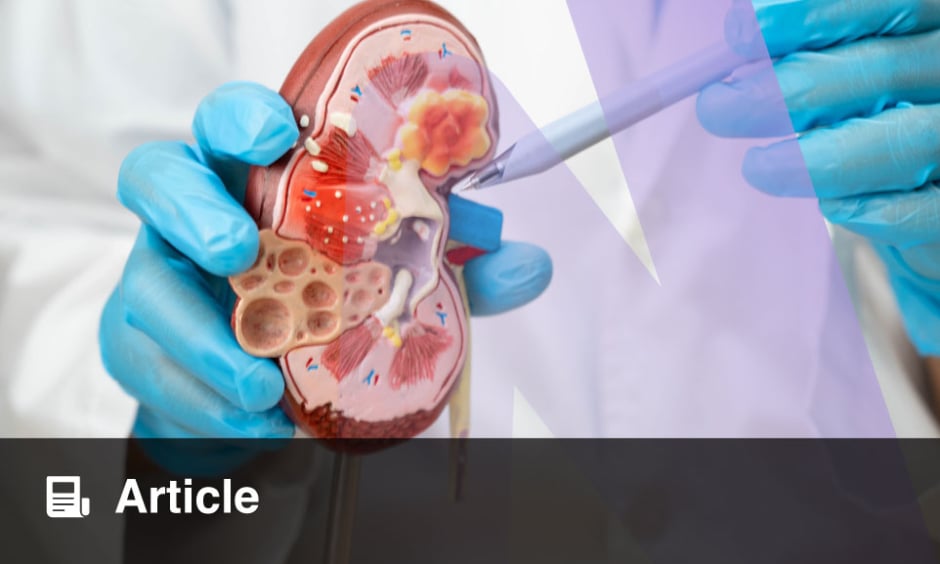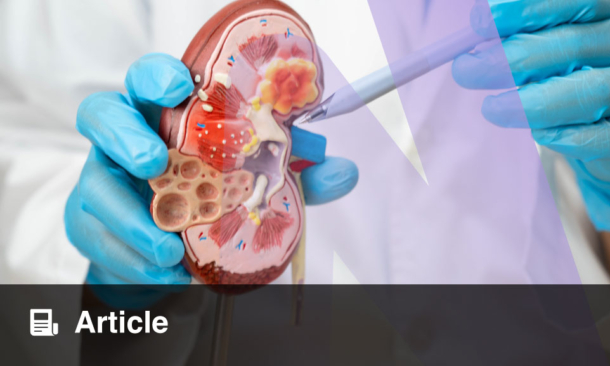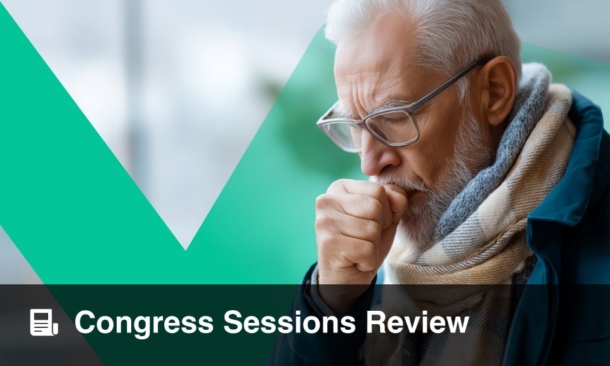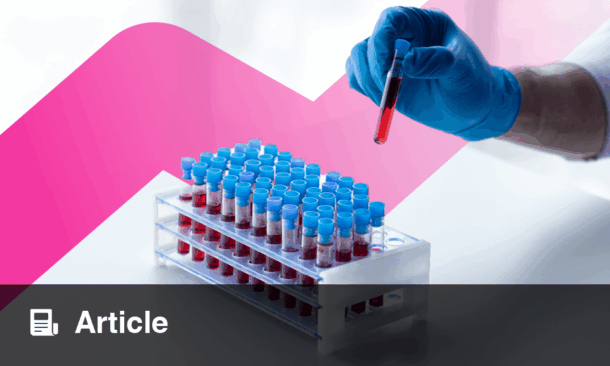Author: Evgenia Koutsouki, Editor
Citation: EMJ. 2022;7[3]:13-16. DOI/10.33590/emj/10140001. https://doi.org/10.33590/emj/10140001.
![]()
IN THIS year’s European Conference on Rare Diseases & Orphan Products (ECRD), experts, patients, and other stakeholders came together in a session to discuss the best practices for diagnosis and care for people with rare diseases. Elizabeth Vroom, World Duchesne Organization, Veenendaal, the Netherlands, opened the session by introducing the speakers of the session, which focused on evidence and good practice during the continuum of care to inspire action at the European Union (EU) national level. The speakers highlighted the main factors affecting access to diagnosis, and discussed how care pathways and innovative approaches to therapies can affect outcomes. Starting the session, Sandra Courbier, European Organisation for Rare Diseases (EURORDIS) Paris, France, presented preliminary results of the Rare Barometer survey on the journey to diagnosis for people living with a rare disease, which aims to identify personal and external factors influencing the process of obtaining a timely and accurate diagnosis from a patient perspective. The full results of the survey will be published in the near future.
VALUE OF TREATMENT APPROACH
Vinciane Quoibach, European Brain Council (EBC), Brussels, Belgium, discussed the evidence on access to highly specialised healthcare and designing rare disease care pathways to improve outcomes for people with phenylketonuria (PKU). Quoibach started by introducing the work of the EBC, a network bringing together key players in the area, which works with societies as well as patient associations and industry partners.
Quoibach introduced the concept of the ‘value of treatment’ as an innovative research approach taken up by the EBC, which combines health economics with outcomes research and examines different elements such as the impact of care pathways on outcomes, the costs of optimised care pathways compared to cure and care, and how to translate evidence into policy recommendations. Quoibach discussed the results of a survey for patients with PKU taken up in three metabolic care units in Dublin, Ireland; Santiago Compostela, Spain; and Birmingham, UK. The survey focused on the needs of both adult and paediatric patients, the treatment gaps, the role and value of the centres of expertise, and how to best connect with the European reference networks; and was also conducted among patients with ataxia and dystonia, which were presented separately.
What came out from the survey very prominently, was the lack of holistic treatment for PKU and the mental health impact that the disease had on patients. Quoibach highlighted the challenges of PKU as being the lack of consistency in newborn screening across the European countries, as well as the limitations in certain countries to accessing sapropterin and pegvaliase, which are the current treatments for PKU.
The survey highlighted common treatment gaps for ataxia, PKU, and dystonia, namely: delayed detection and diagnosis, barriers to accessing specialised care and treatment options, lack of co-ordination and continuity in care, high prices, and lack of knowledge accompanied by limited sharing of best practices and expertise. The survey was released during Brain Awareness Week in March 2022 and will be followed up by scientific publications.
TRANSITION PATHWAYS FROM PAEDIATRIC TO ADULT CARE IN RARE DISEASE
Eduard Pellicer, Quality and Patient Experience Department, Sant Joan De Déu, Barcelona Hospital, Spain, discussed the A10! Transition programme from paediatric to adult care using a real-life case of a patient with recessive dystrophic epidermolysis bullosa who started the transition to adult care at the age of 14. The programme aims to have a positive impact on professional practice and experience as well as on patients’ and families’ experiences, guaranteeing the continuity of care and integrating psychosocial aspects for the patients. The programme promotes the development of a collaborative network of knowledge and experience between paediatric and adult services. After 4 years of implementation of this programme, it appears that the factors that have contributed to its success are the planification, the personalised attention, and the co-ordination, all of which are based on the family and the patient’s needs.
The programme adopts the approach to decision making and information access of ‘nothing about me without me’. This means that patients and their families actively participate in the management of care, which is a transformative care model where the systems and professionals adapt their interventions to the patients and their families, and not the other way around.
Pellicer emphasised that certain aspects of this model still need to be worked on, namely: a compromise of policymakers and progression of health education and social care systems is needed in order to improve quality of care that people receive, but also to optimise and humanise interventions. Standardisation of care between adult and paediatric changes is also important, Pellicer explained.
THE PATIENT AT THE FOREFRONT OF PARKINSON’S DISEASE MANAGEMENT
Sanne Bouwman, ParkinsonNet, Nijmegen, the Netherlands, introduced the mission of ParkinsonNet programme as aiming to improve the lives and guarantee the best possible care for people impacted by Parkinson’s disease (PD). Bouwman discussed the difference in care between 2004, back when there was no specific expertise, the professional was in the lead of case, and there were only isolated interventions for PD; and the current vision of ParkinsonNet, where there would be Parkinson’s experts, an integrated team approach, and where the patient would be in control. The idea is that this could potentially lead to empowered professionals and patients, as well as empowered teams.
At present in ParkinsonNet the patient is seen as the centre of care, with over 3,700 trained professionals participating from 19 different disciplines. It contains 70 regional networks over the Netherlands. The primary aim of the organisation is quality of life, achieved through quality of care and self-management of the patient. As Bouwman explained, healthcare professionals are given the opportunity of building expertise and collaboration with other experts, and the patient is seen as a partner. A high caseload for the healthcare professionals ensures that they are able to build and maintain the expertise and knowledge around PD. The co-ordination centre of ParkinsonNet helps and supports healthcare professionals by providing professional training, transparency on healthcare topics, regional support, and having a personal regional contact person in the network.
One of the most challenging aspects of what the network does is to select and certify healthcare professionals in order to help them keep up to date with the requirements that they need to meet. They also promote the care of therapists who treat people with PD. In addition, they provide patient education alongside the patient association. The centre also works with different organisations for guideline development and technological innovations, and organises an annual congress.
As explained by Bouwman, the initiative for patient empowerment includes an online healthcare tool called ‘Parkinson’s Healthcare finder’, where patients can find therapists nearby of different disciplines that they can reach out to. Aiming to ‘transport knowledge, not patients’, ParkinsonNet also created a TV show of over 85 episodes of PD topics ranging from addiction to medication featuring experts on the topic and always including a neurologist and a patient in the discussion.
Looking back, the achievements of the network include provision of better care, fewer complications, and lower costs.
Bouwman listed the ingredients for success of ParkinsonNet: a medical leader with dedication, time and patience; a local project lead; local experts who live your mission and vision; and working together with patients, healthcare professionals, and stakeholders.
CONCLUSIONS AND CLOSING REMARKS
In her closing remarks, Vroom, thanked all the speakers for their presentation and summarised the conclusions, emphasising the importance of transition programmes to adult care and of integration and collaboration between healthcare allied therapies, professionals, and patients.








